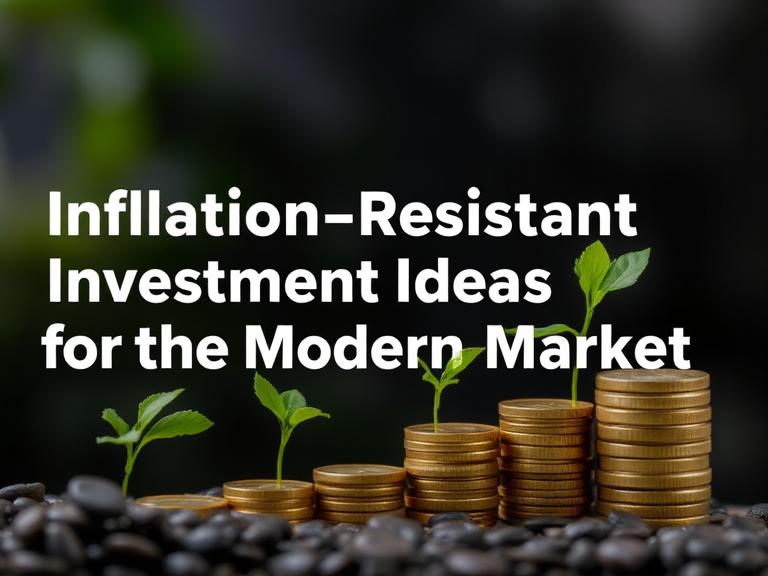
Inflation erodes purchasing power, making it a silent threat to investors. In 2025, inflation remains a top concern, especially with ongoing supply chain disruptions and rising energy costs. Fortunately, several asset classes are known for their inflation-resistant characteristics.
Real estate has historically been a strong hedge. Property values and rents tend to rise with inflation, making both direct ownership and REITs solid choices. Look for properties in growing cities with high demand and limited supply.
Commodities, particularly energy, metals, and agricultural products, often move in sync with inflation. Investing in broad commodity ETFs or funds focused on essential raw materials can help preserve portfolio value.
Inflation-Protected Securities like TIPS (Treasury Inflation-Protected Securities) adjust their principal with inflation, offering a secure, government-backed way to stay ahead of rising prices.
Dividend-paying stocks from sectors that can pass on rising costs to consumers—such as utilities, healthcare, and infrastructure—also tend to perform well in inflationary environments.
Don’t overlook alternative assets like private credit, farmland, or infrastructure funds, which generate stable cash flows and are less sensitive to market volatility.
While no investment is completely immune to inflation, combining several of these ideas can create a buffer and help protect long-term returns. Planning for inflation is not reactionary—it’s proactive portfolio management in 2025.

Leave a Reply